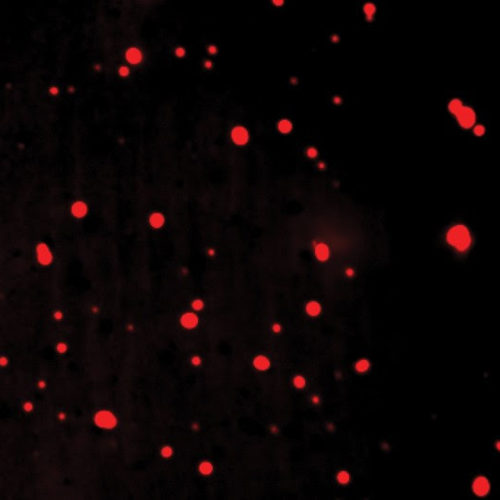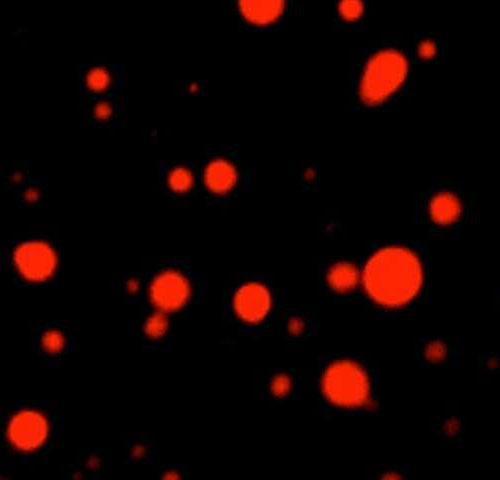Peer-Reviewed Publication American Society for Microbiology Highlights: Washington, D.C. — Nov. 25, 2024 — A new study has shown that variation in the microbiota of the human gut impacts the pharmacokinetics of tamoxifen and thus the effectiveness of the drug. The finding, published in the journal mBio of the American Society for Microbiology, suggests that in the future, doctors...
Tag: <span>Tamoxifen</span>
How cancer drugs find their targets
In the watery inside of a cell, complex processes take place in tiny functional compartments called organelles. Energy-producing mitochondria are organelles, as is the frilly golgi apparatus, which helps to transport cellular materials. Both of these compartments are bound by thin membranes. But in the past few years, research at Whitehead Institute and elsewhere has...
How cells’ ‘lava lamp’ effect could make cancer drugs more powerful
Discovery that synthetic compounds form concentrated droplets inside cells could shake up drug development — including the hunt for coronavirus treatments. Fluorescently tagged molecules of the cancer drug cisplatin clump up inside droplets in cells.Credit: Isaac Klein/Whitehead Institute There’s a long-standing assumption in the pharmaceutical industry that when drug molecules enter a cell, they spread...
How cancer drugs find their targets could lead to a new toolset for drug development
by Whitehead Institute for Biomedical Research The molecular structure of the cancer drug cisplatin causes it to concentrate in tiny non-membrane bound organelles called condensates held together by the protein MED1. By altering other drugs to concentrate in specific condensates, drug developers may be able to improve targeting efficacy in future. Credit: Isaac Klein, Whitehead...
Tamoxifen and raloxifene slow down the progression of muscular dystrophy
Long-term treatment with selective estrogen receptor modulators (SERMs) improves muscle, respiratory, and skeletal function without weakening bone in new mouse studies, according to a new report in The American Journal of Pathology Philadelphia, March 20, 2018 – Steroids are currently the only available treatment to reduce the repetitive cycles of inflammation and disease progression associated...


